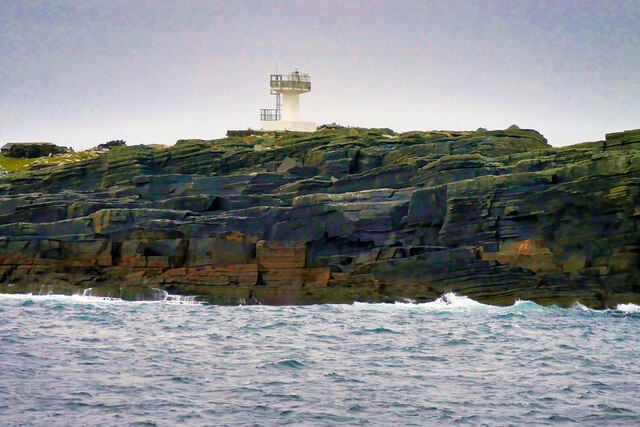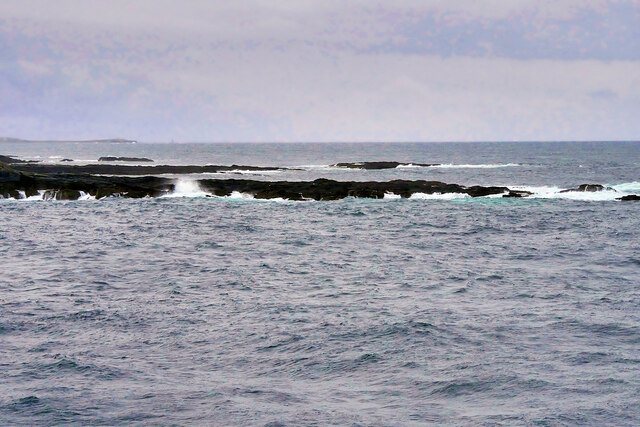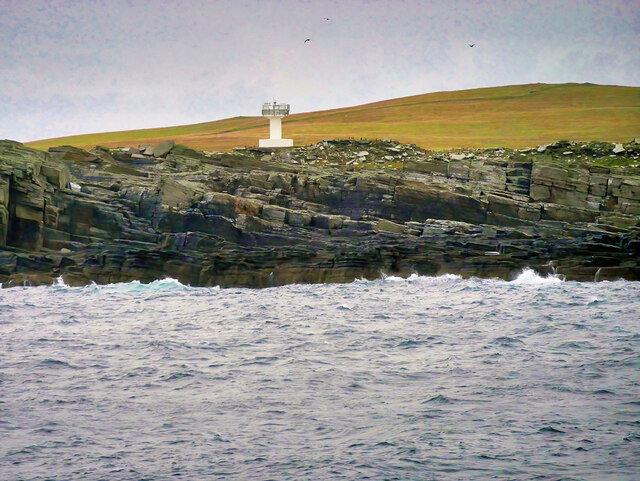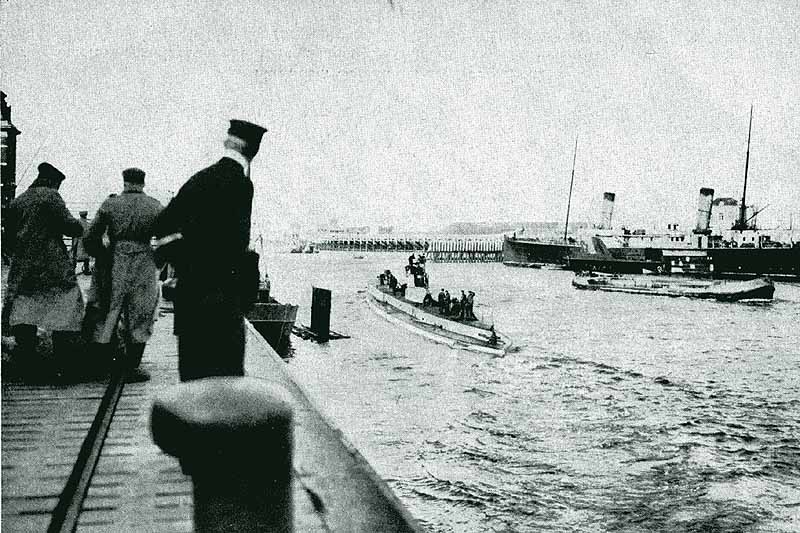The Rental Rocks
Coastal Feature, Headland, Point in Orkney
Scotland
The Rental Rocks
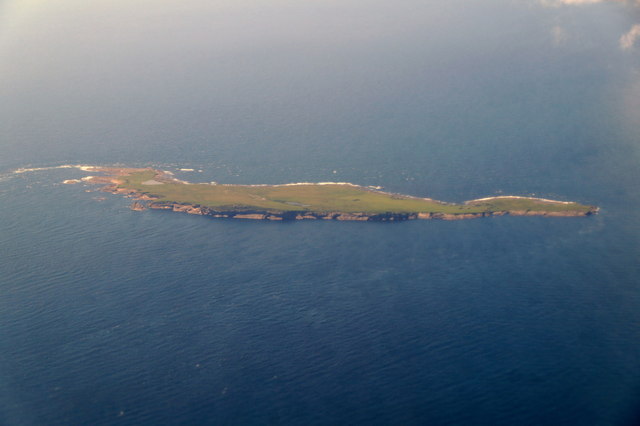
The Rental Rocks, located in Orkney, Scotland, is a prominent coastal feature that takes the form of a headland or point. Situated on the eastern coast of the Mainland, the largest island in the Orkney archipelago, it is a well-known landmark in the region. The Rental Rocks are characterized by their rugged and dramatic appearance, with sheer cliffs rising steeply from the sea.
This coastal feature is composed primarily of sandstone, giving it a distinctive reddish hue. Erosion over thousands of years has shaped the rocks into various formations, including sea stacks, caves, and rocky outcrops. These formations not only add to the visual appeal of the area but also provide habitats for a diverse range of marine and bird species.
The Rental Rocks offer breathtaking views of the surrounding coastline, with panoramic vistas of the North Sea stretching out to the horizon. This makes it a popular spot for nature enthusiasts, hikers, and photographers who are drawn to its natural beauty and unique geological formations.
Visitors to The Rental Rocks can explore the area on foot, following well-marked paths that wind their way along the clifftops. These paths often lead to viewpoints that offer unrivaled vistas of the surrounding landscape and opportunities to spot seabirds such as puffins, fulmars, and guillemots.
In conclusion, The Rental Rocks in Orkney is a striking coastal feature, renowned for its rugged cliffs, sandstone formations, and stunning views. Its accessibility, combined with its natural beauty, makes it a must-visit destination for those exploring the Scottish coastline.
If you have any feedback on the listing, please let us know in the comments section below.
The Rental Rocks Images
Images are sourced within 2km of 58.747094/-3.0564233 or Grid Reference ND3884. Thanks to Geograph Open Source API. All images are credited.
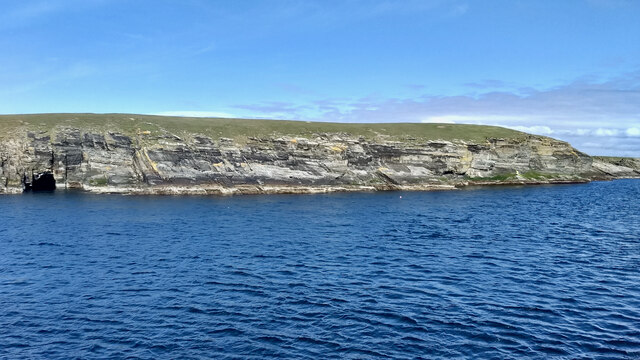
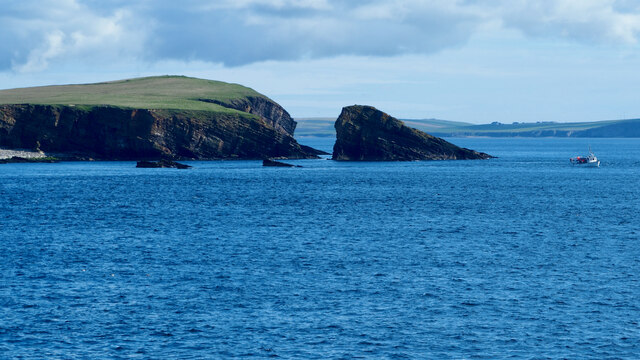
![Warbister Hill Site of a possible building, an enclosure, a quarry, and a modern triangulation pillar; see “Swona, Warbister Hill | Canmore.” 2021. Canmore.org.uk &lt;<span class="nowrap"><a title="https://canmore.org.uk/site/347495/swona-warbister-hill" rel="nofollow ugc noopener" href="https://canmore.org.uk/site/347495/swona-warbister-hill">Link</a><img style="margin-left:2px;" alt="External link" title="External link - shift click to open in new window" src="https://s1.geograph.org.uk/img/external.png" width="10" height="10"/></span> &gt; [accessed 7 June 2021]](https://s1.geograph.org.uk/geophotos/06/86/06/6860697_42cec7a5.jpg)
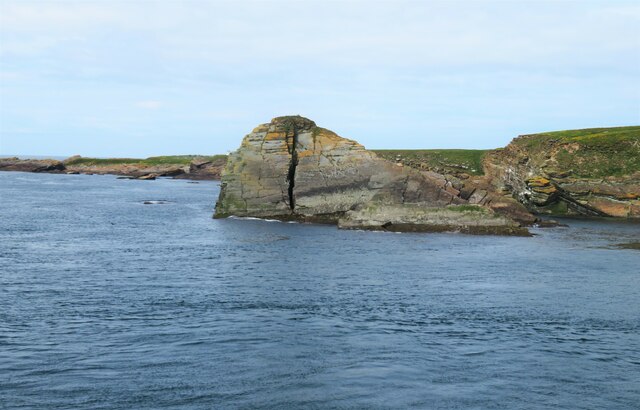
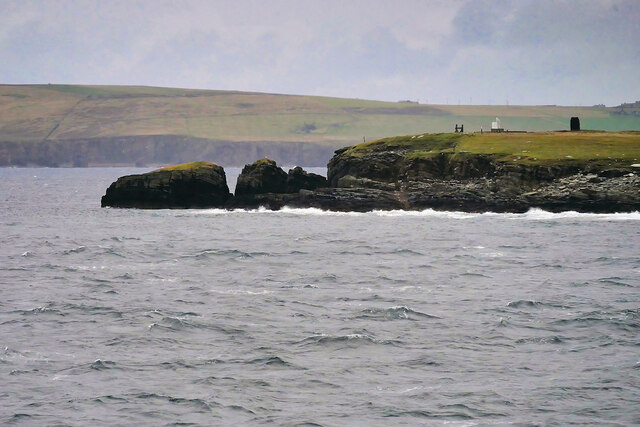
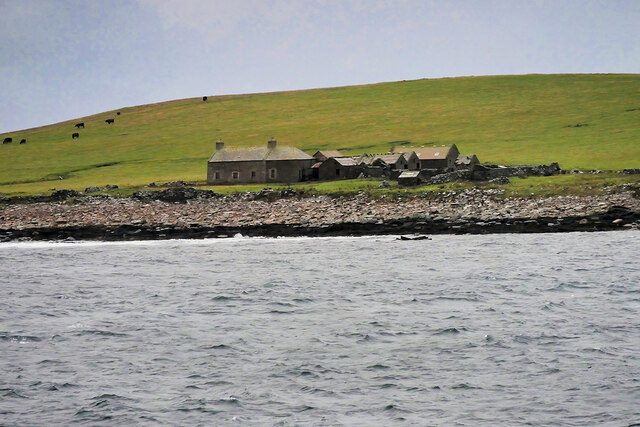
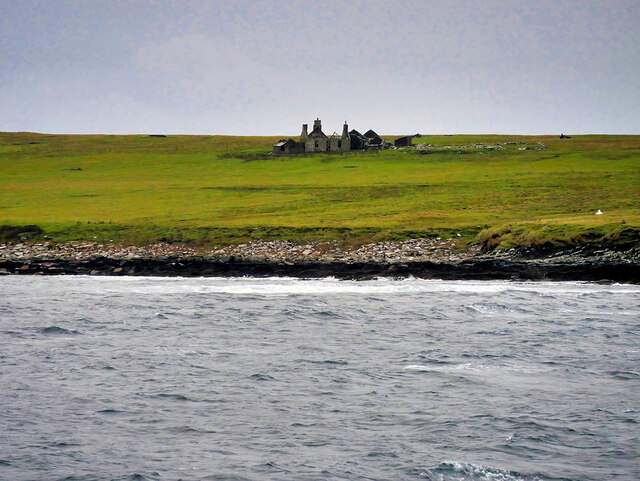
The Rental Rocks is located at Grid Ref: ND3884 (Lat: 58.747094, Lng: -3.0564233)
Unitary Authority: Orkney Islands
Police Authority: Highlands and Islands
What 3 Words
///friends.thinnest.flattery. Near St Margaret's Hope, Orkney Islands
Nearby Locations
Related Wikis
Swona
Swona is an uninhabited privately owned island in the Pentland Firth off the north coast of Scotland. It has a herd of feral cattle resulting from the...
MV Cemfjord
The Cemfjord was a Cyprus-registered cargo ship which foundered in the Pentland Firth off the north-east coast of Scotland on 2 January 2015. Built as...
SM U-29 (Germany)
SM U-29 was a Type U-27 U-boat of the Imperial German Navy. She served during the First World War. U-29's last commander was Captain Otto Weddigen. U-29...
Burwick, Orkney
Burwick () is a small harbour on the island of South Ronaldsay in the Orkney Islands, Scotland. It is the closest Orkney harbour to the Scottish mainland...
Nearby Amenities
Located within 500m of 58.747094,-3.0564233Have you been to The Rental Rocks?
Leave your review of The Rental Rocks below (or comments, questions and feedback).
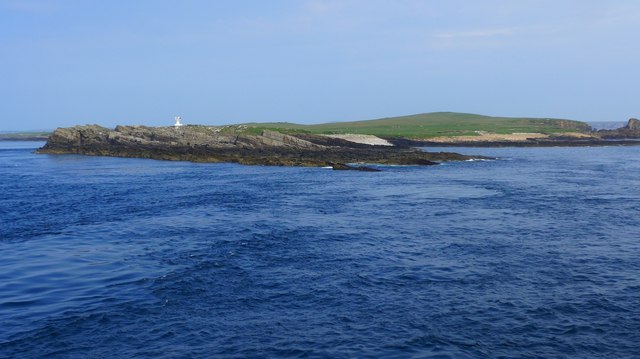
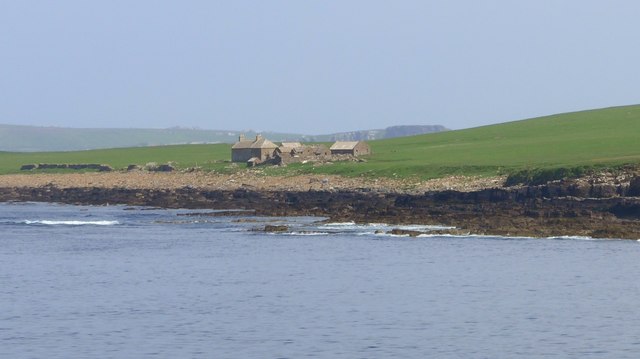
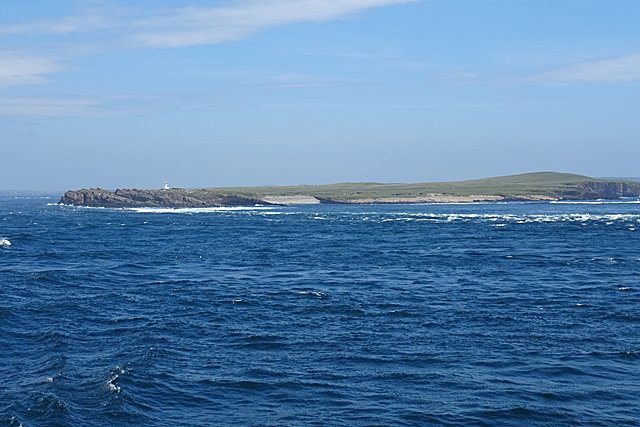
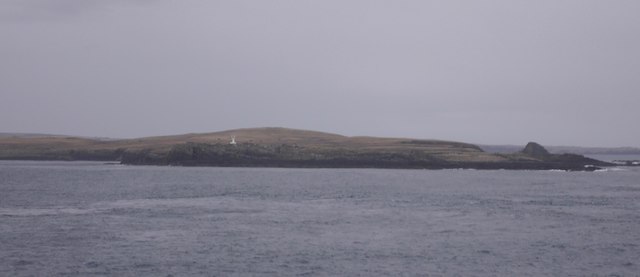
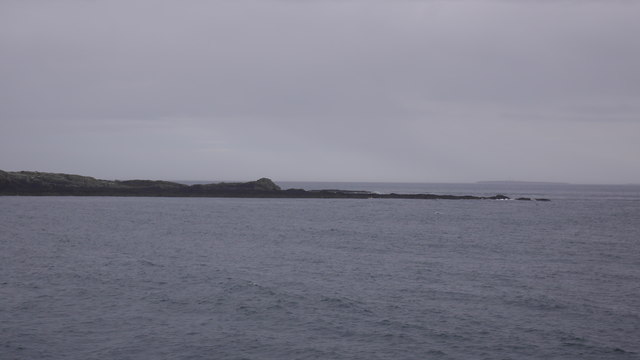
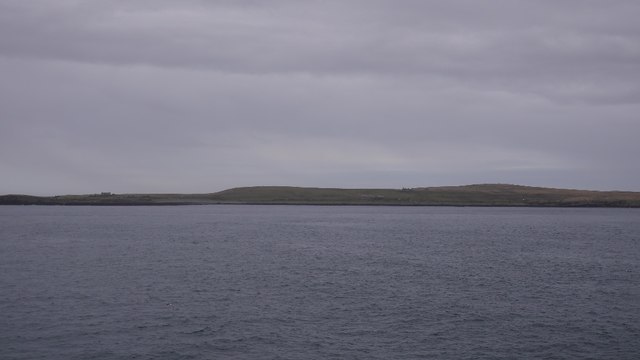
![The Haven Seems to be the main access onto the now un-inhabited island. See “Swona, the Haven | Canmore.” 2021. Canmore.org.uk &lt;<span class="nowrap"><a title="https://canmore.org.uk/site/347498/swona-the-haven" rel="nofollow ugc noopener" href="https://canmore.org.uk/site/347498/swona-the-haven">Link</a><img style="margin-left:2px;" alt="External link" title="External link - shift click to open in new window" src="https://s1.geograph.org.uk/img/external.png" width="10" height="10"/></span> &gt; [accessed 7 June 2021]
For the farmstead behind see “Swona, Norhead | Canmore.” 2021. Canmore.org.uk &lt;<span class="nowrap"><a title="https://canmore.org.uk/site/345421/swona-norhead" rel="nofollow ugc noopener" href="https://canmore.org.uk/site/345421/swona-norhead">Link</a><img style="margin-left:2px;" alt="External link" title="External link - shift click to open in new window" src="https://s1.geograph.org.uk/img/external.png" width="10" height="10"/></span> &gt; [accessed 7 June 2021]](https://s3.geograph.org.uk/geophotos/06/86/07/6860703_6e889d80.jpg)
